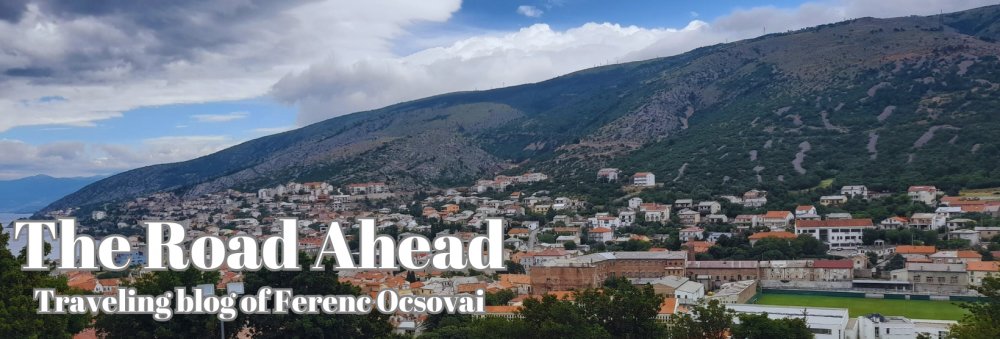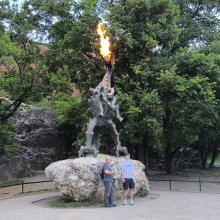
After visiting Zakopane, now I would like to move to a completely different part of Lesser Poland (Małopolska), which is very famous and well-known to Hungarian tourists too.
Although we were staying in Kraków, and it still gave me the same medieval vibes, I would like to skip most of this stay for now, because I have already written about the city before. Therefore, this article will be a rare exception and I will rather let the photos telling the story instead of me.
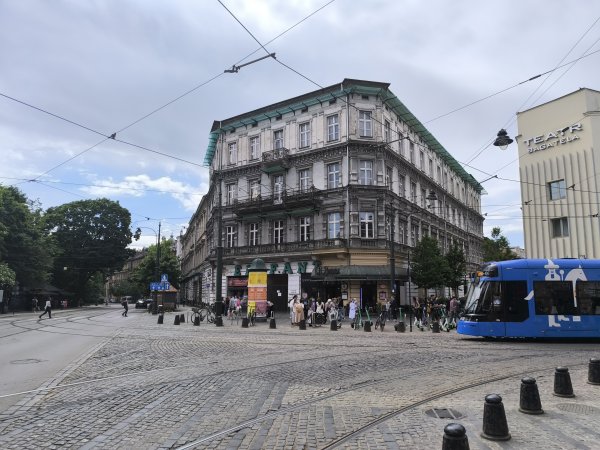
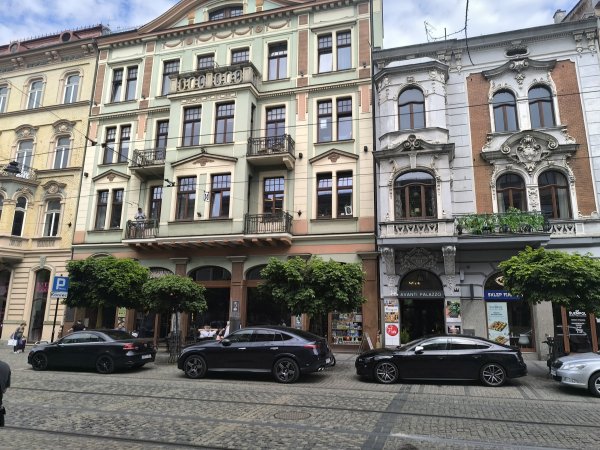
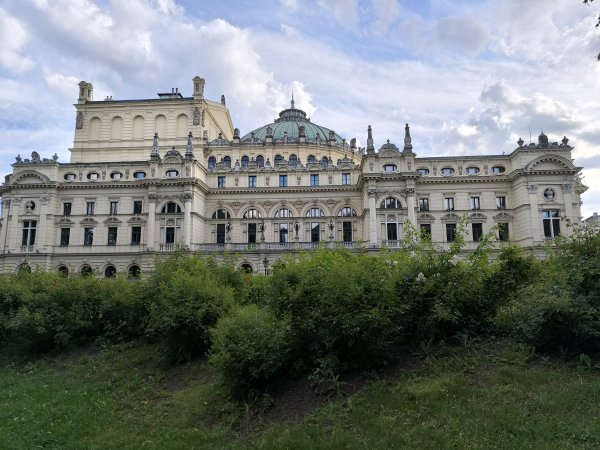
If I may add some small facts that last time I did not write about, I can menton for instance the park of Planty: a long green belt established on the ruins of the former town walls, which runs all around the old town like Túria park in Spain, which replaces the former riverbed in Valencia.
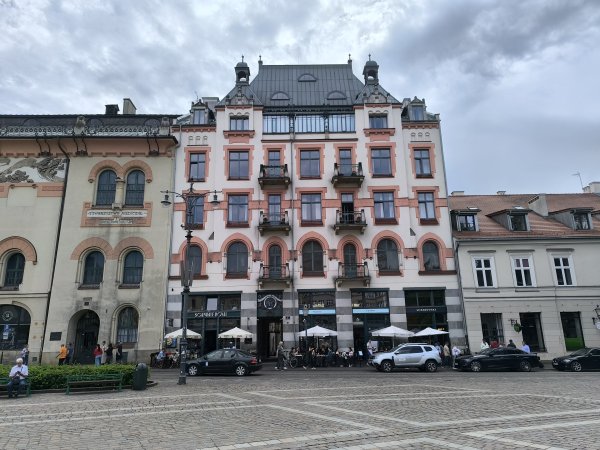
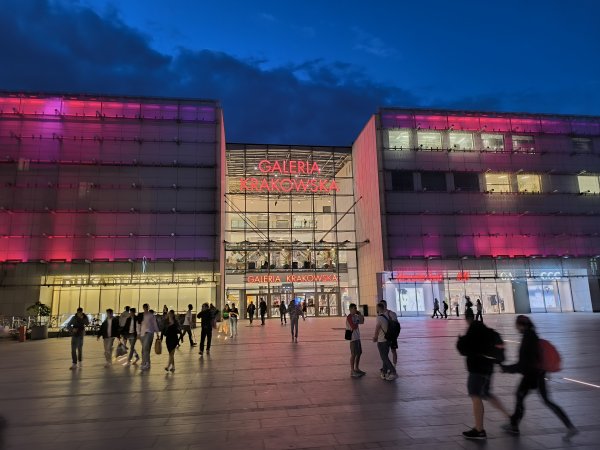
The most characteristic part of this fortified system is the so-called Barbican (Barbakan,) which is actually the starting point of the garden.
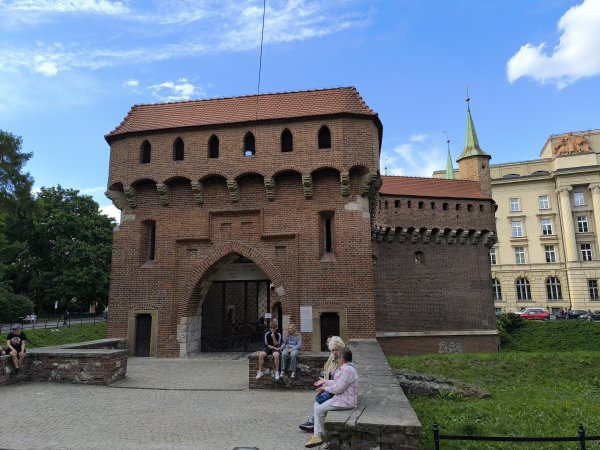
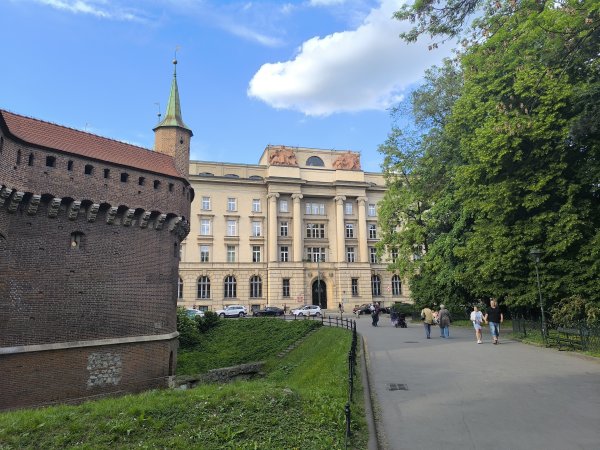
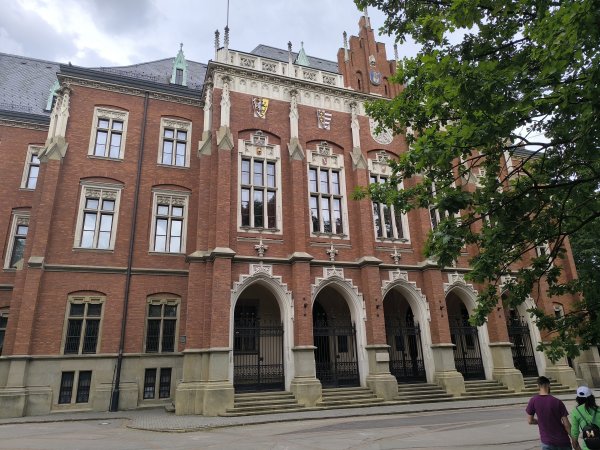
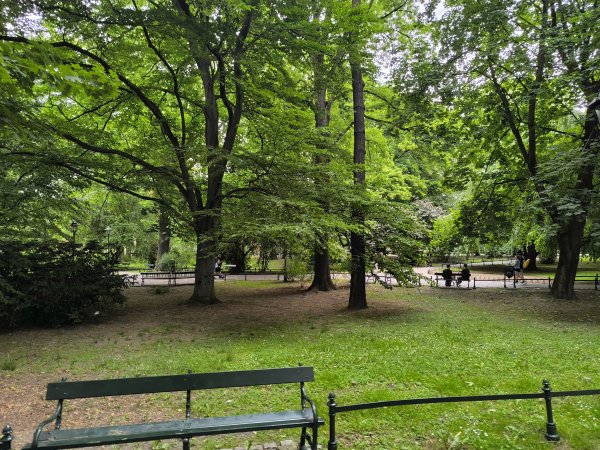
I was a bit upset, because as an enthusiast of myths and legends, I did not have enough time to visit the four famous mounds of the city: the Krakus and the Wanda Mounds, named after the legendary founder and namesake of Kraków and his daughter, princess Wanda; neither could I visit the Kościuszko and Piłsudski Mounds named after two important generals of modern Polish history.
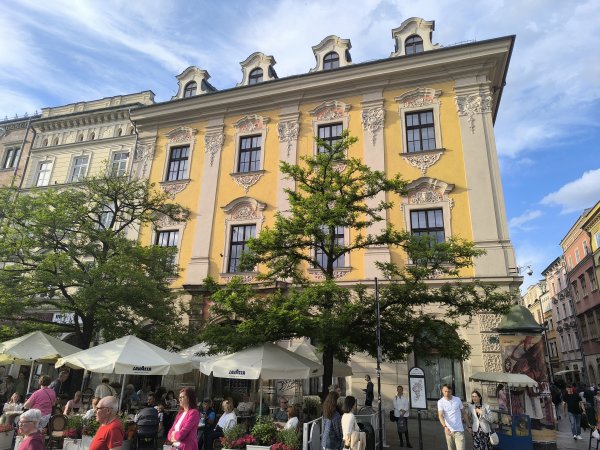
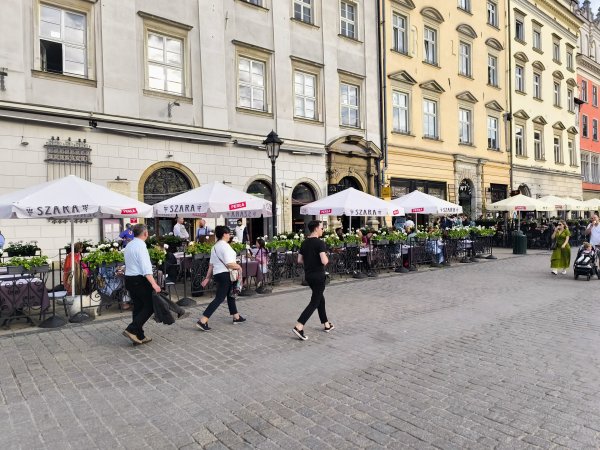
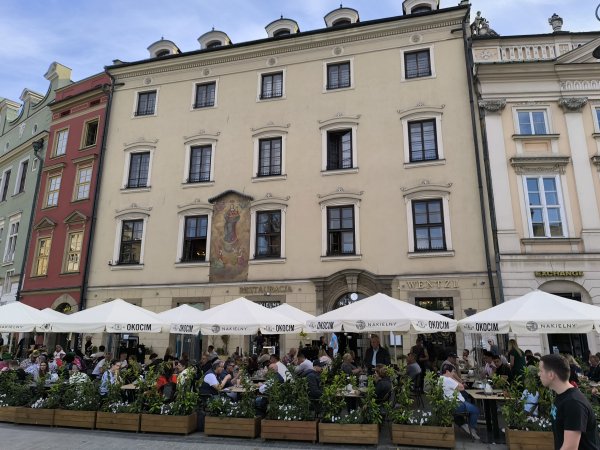
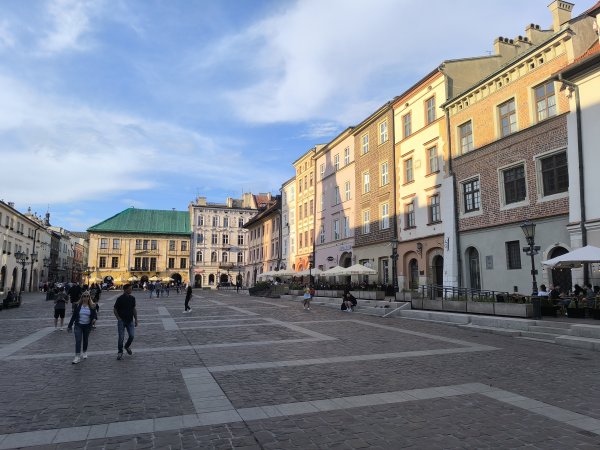
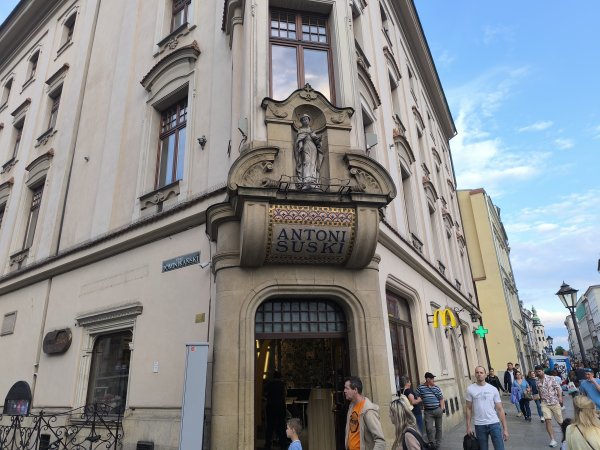
Apart from them, St. Jadwiga is also an important figure of the city: she was the daughter of Hungarian-Polish king Louis the Great (in Hungarian: Nagy Lajos, in Polish: Ludwik Węgierski, so 'Louis the Hungarian'), and she got married to Lithuanian Duke Jagiełło (Władysław II as Polish king).
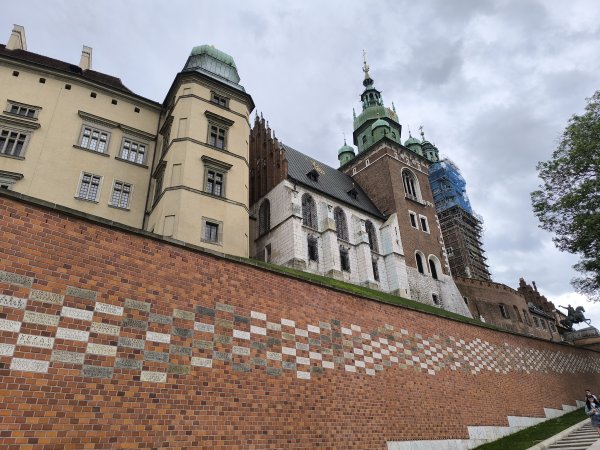
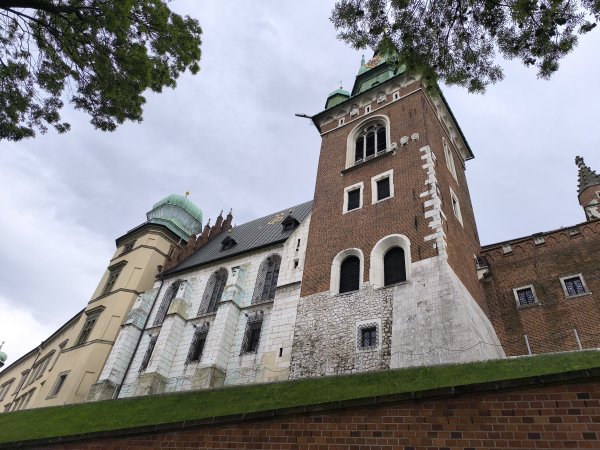
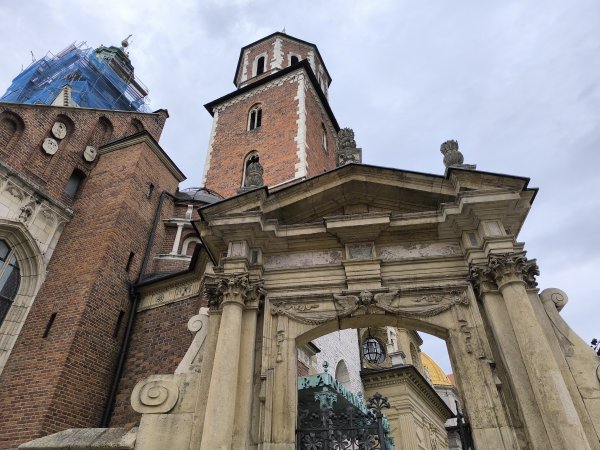
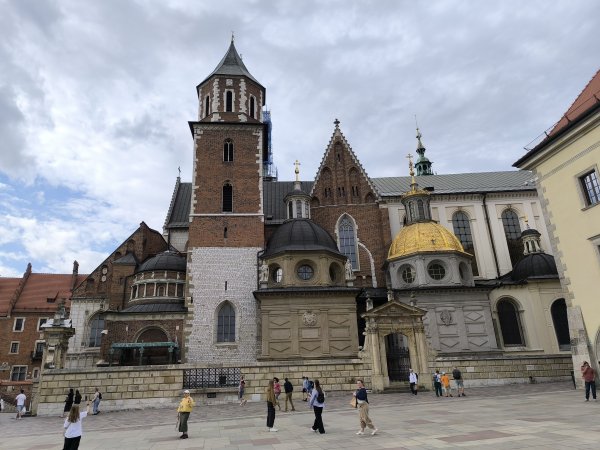
There are many legends about her kindness and piousness and she is respected in all the three countries and is also the patroness saint of Poland. She is even mentioned in the romantic novel The Knights of the Cross by Henryk Sienkiewicz.
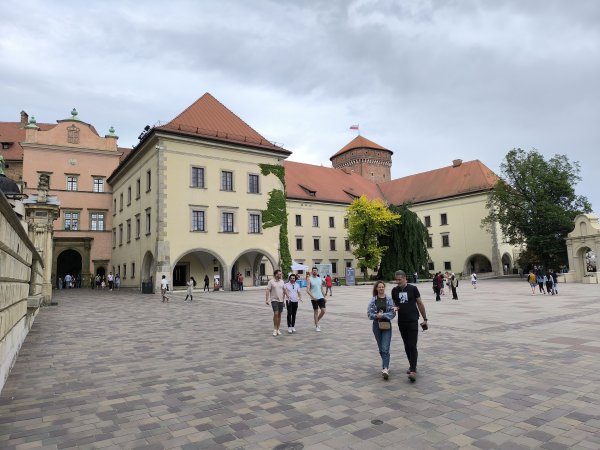
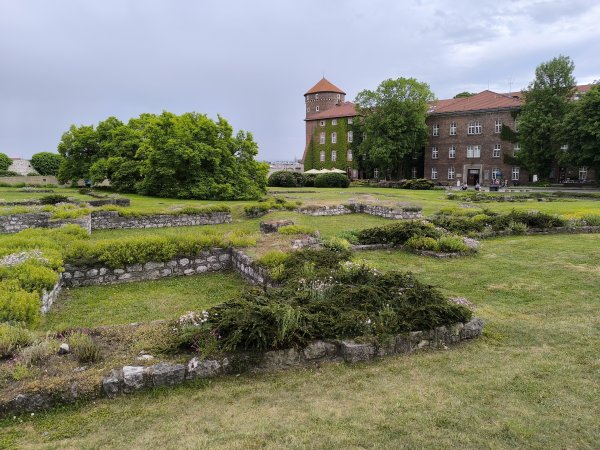
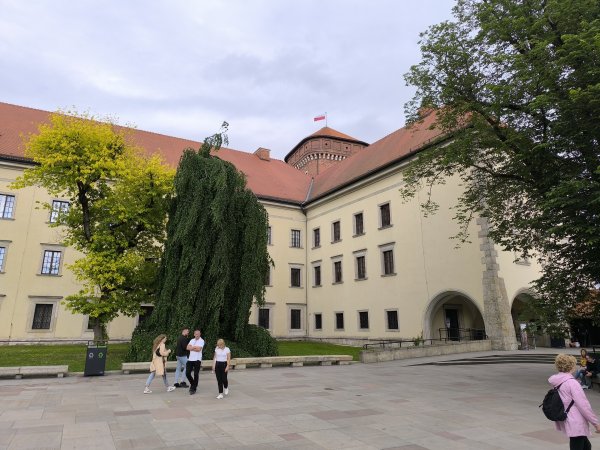

If there is something that you should definitely not miss, it’s the riverside of Vistula near the castle hill of Wawel, where you can also spot the royal cathedral and the unforgettable dragon (I summarized its legend also before).
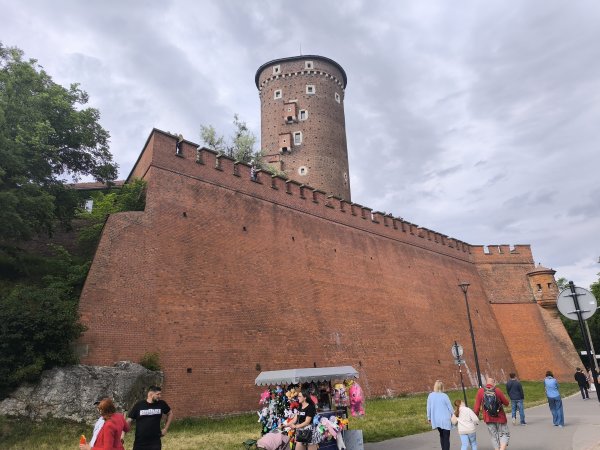
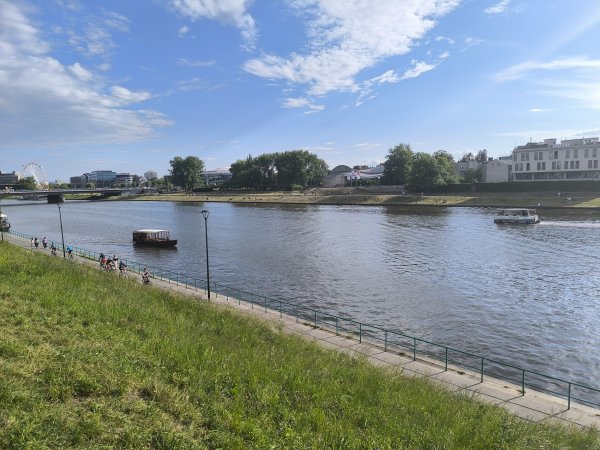
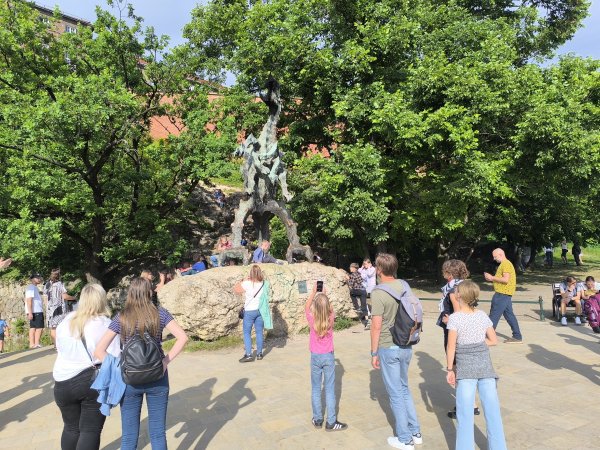
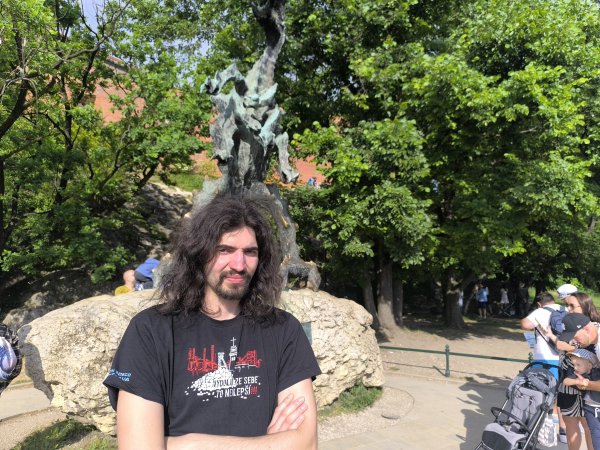
By the way, I have noticed this time that at the feet of the castle, towards the down town, there is a copy of the famous Zbruch Idol - an archelogical finding representing the ancient pagan god, Svetovit who had four faces.
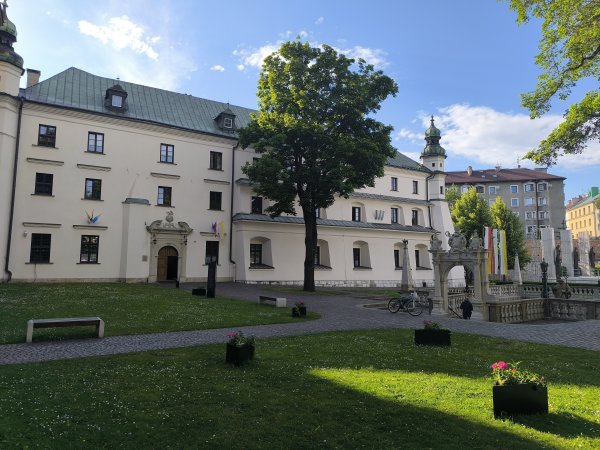
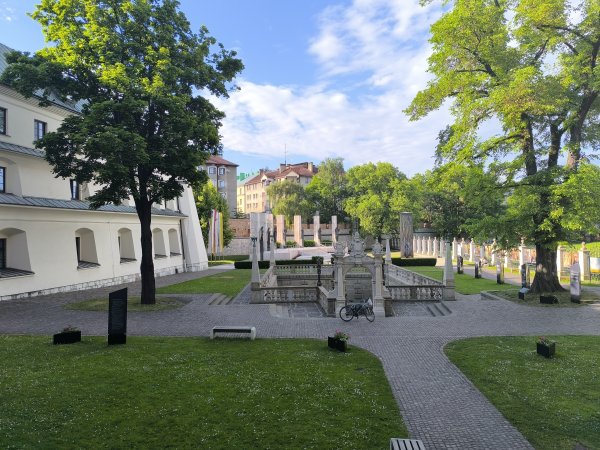
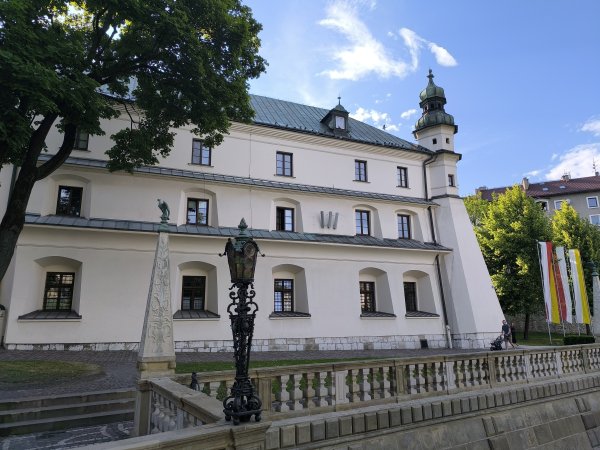
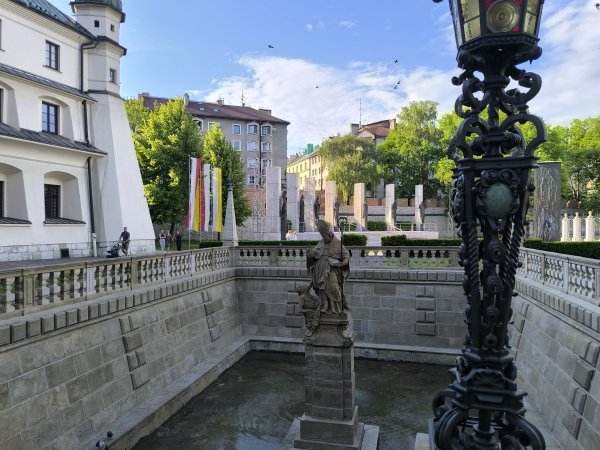
Apparently, the statue was in the Archeological Museum of Kraków. Unfortuantely, I did not know about it, but at least I know that this was the moment when I was the closest place also to the real idol.
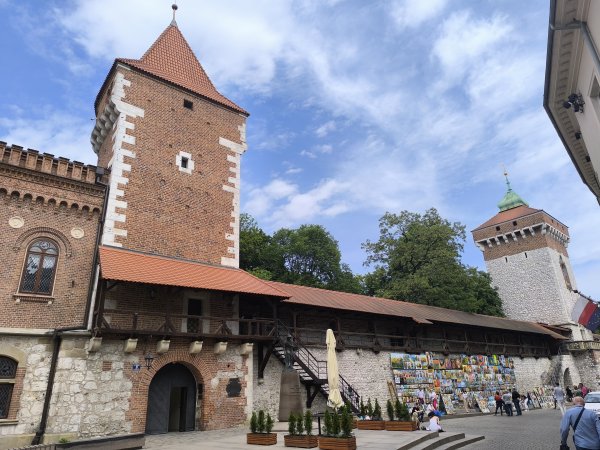
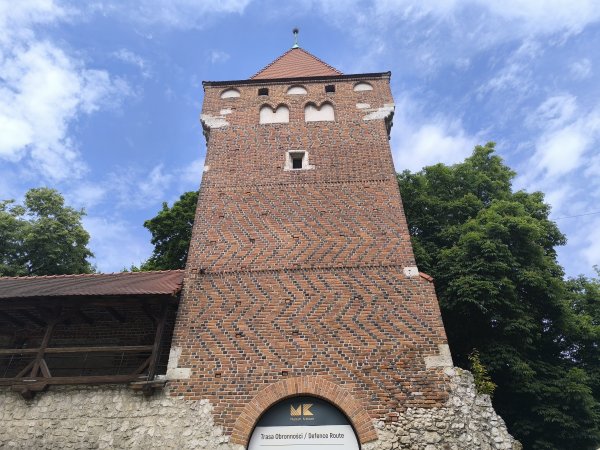
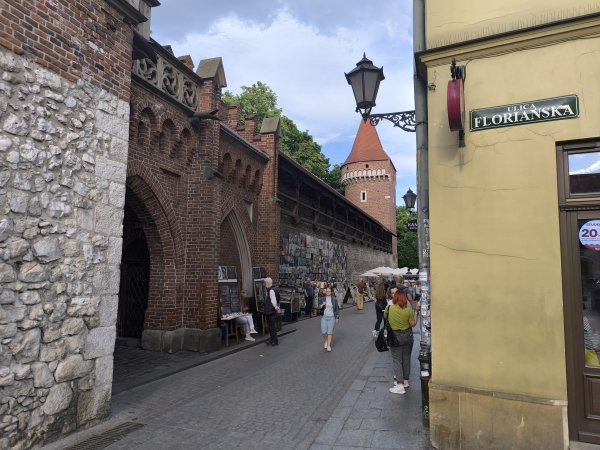
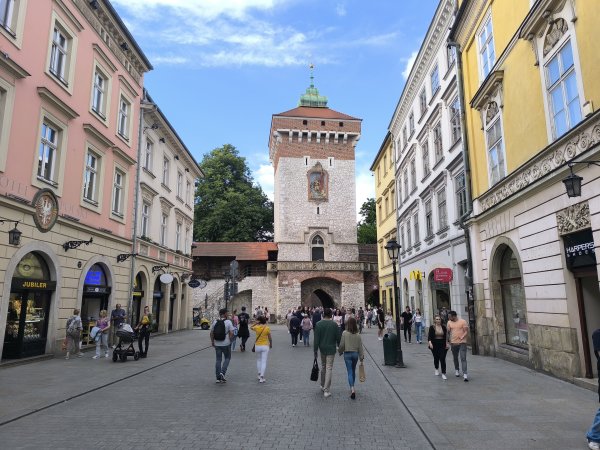
Further sights are the Jewish quarter called Kazimierz (‘Casimir’), the Grodzka shopping street, the Florian Gate, the Rynek (Main Square) with the Church of St. Mary and the Sukiennice (Cloth Hall) with the statue of poet Adam Mickiewicz at its front side.
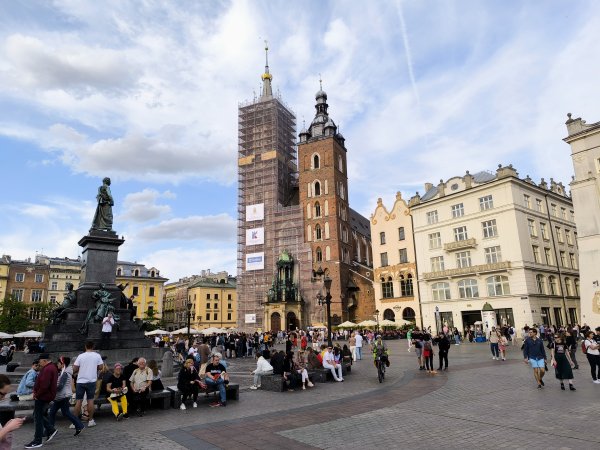
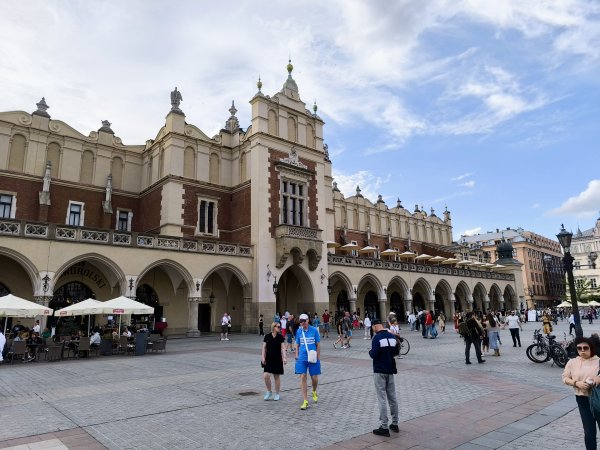
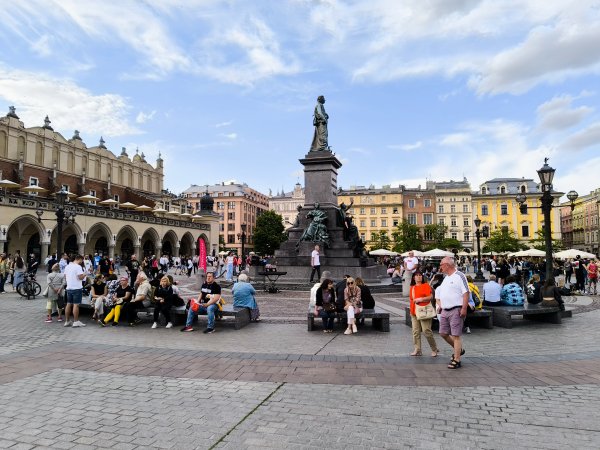
I have mentioned all of these sights in a previous article, but I did not talk about the building of the Jagiellonian University and many other attractions – hopefully, it was not my last time in the historical capital and important cultural center of Poland, which is nowadays also the center of the Lesser Poland Voivodeship.
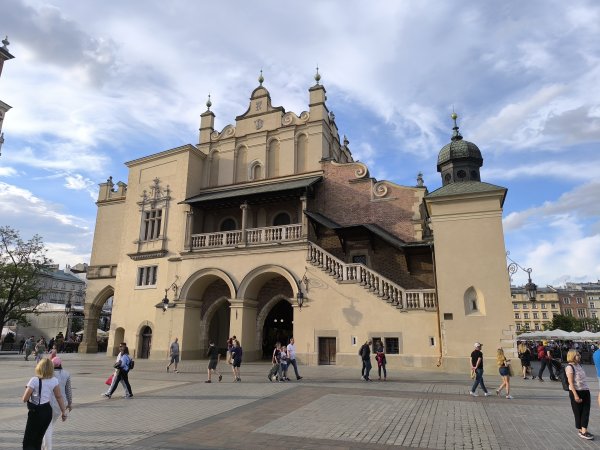
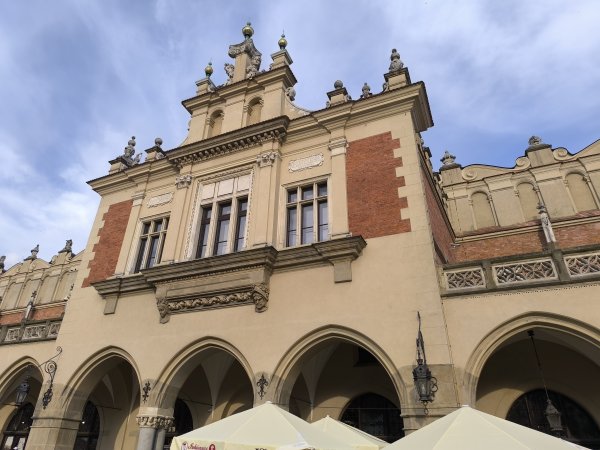
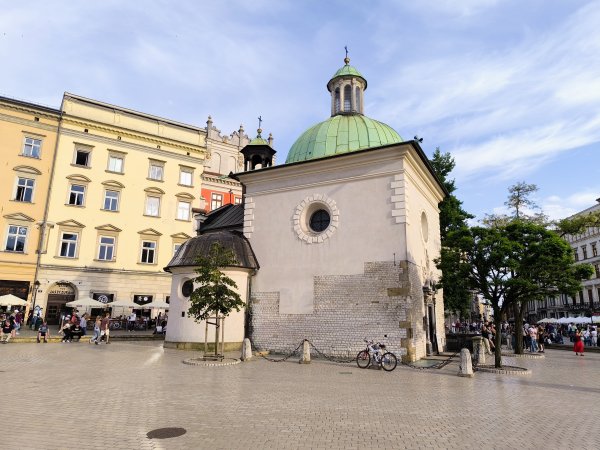
Due to the lucky situation that there was a street festival, I had the chance to show some delicious Polish meals to my family, such as bigos, which is made of cabbage, pork or beef, sausage, mushroom and tomato sauce, and which is a relative of our Hungarian székelykáposzta (Szekler Cabbage).
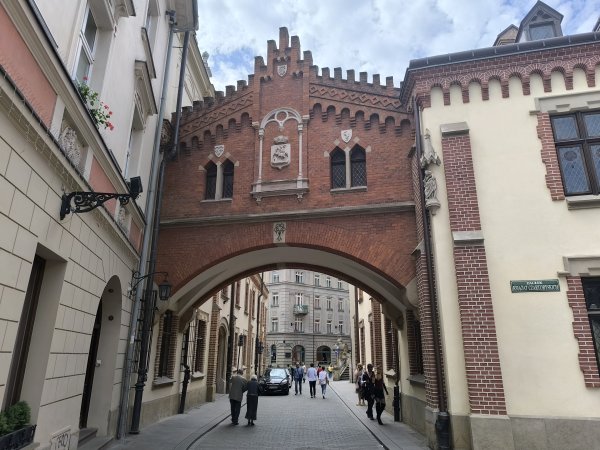
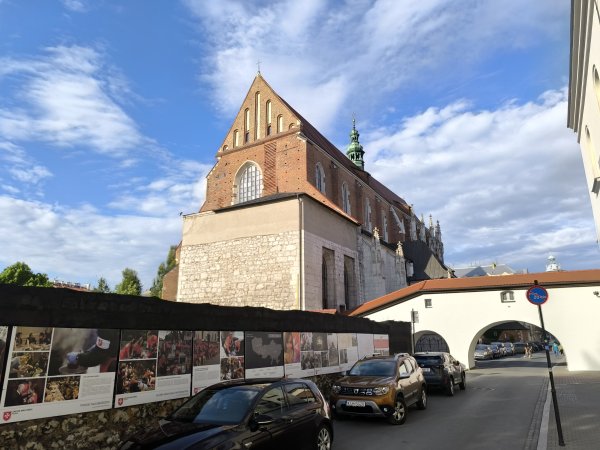
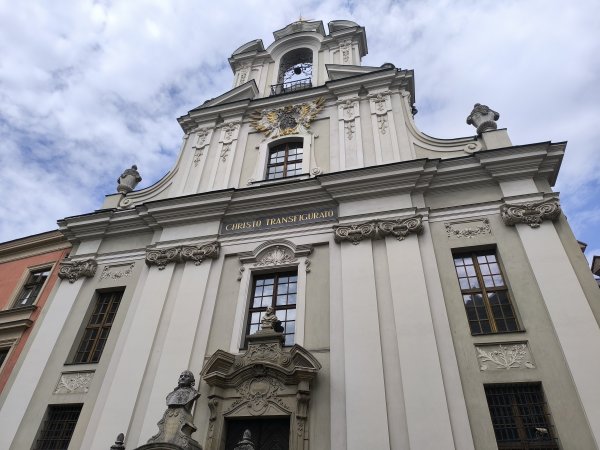
I could not resist to eat the famous beetroot soup, barszcz either with small pieces of dumplings called uszka (‘little ears’).
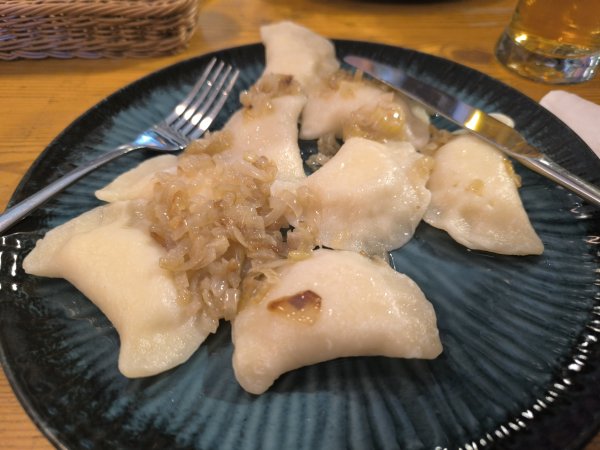
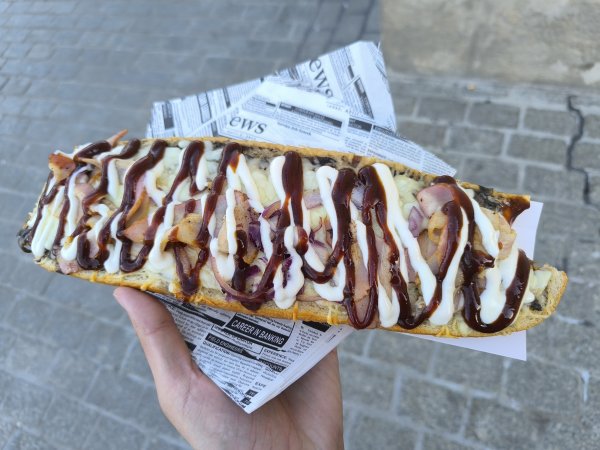
It was not a question that I would choose pierogi when we went to a traditional Polish restaurant, neither was that I should buy a tasty and warm zapekanka from the street sellers.
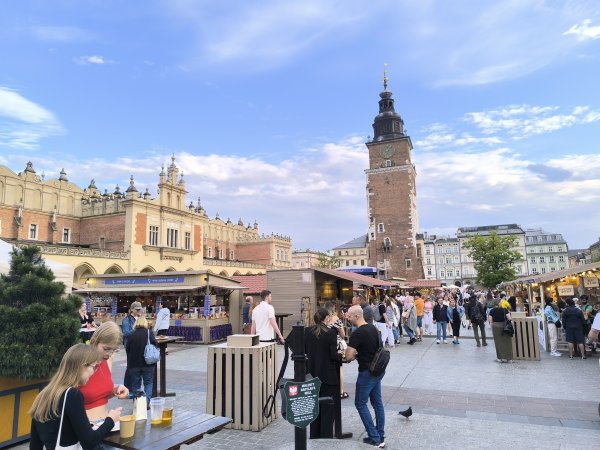
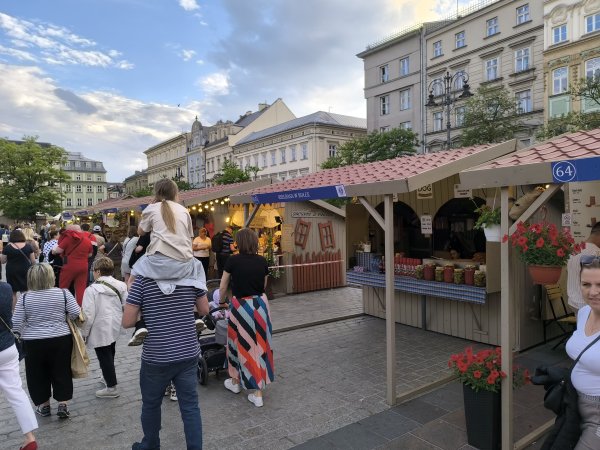
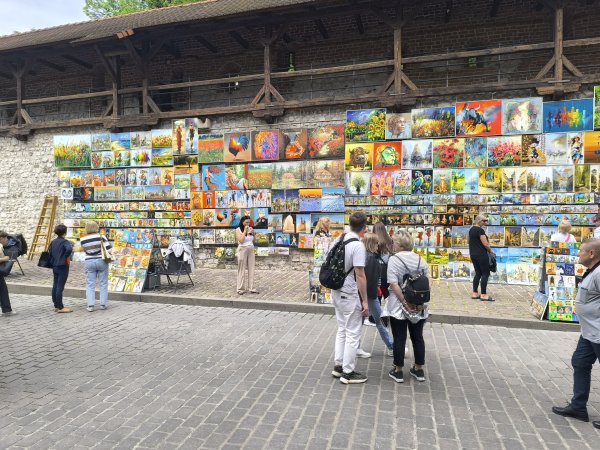
Looking at the tents of the festival I could see not only the Goral people of Zakopane again selling their oscypek cheese, but also some sellers with Hungarian meals. In fact, they are usually not Hungarians if I see them abroad, but they do sell traditional and trademarked food from my country.
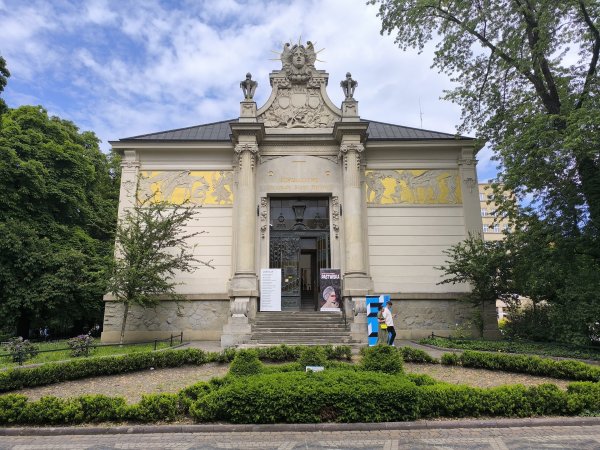
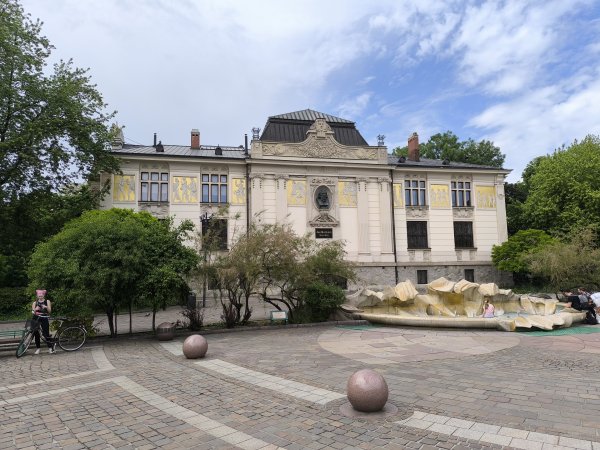
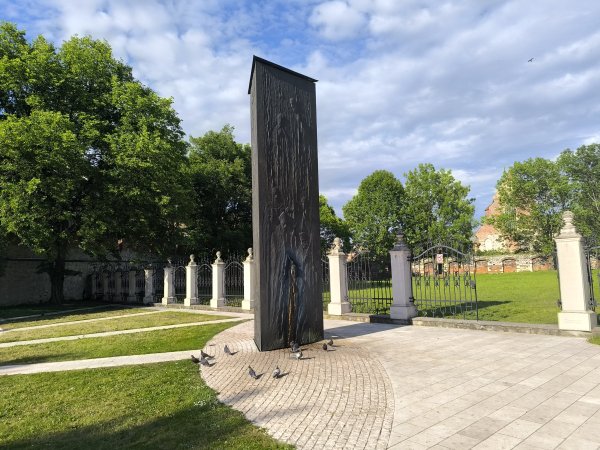
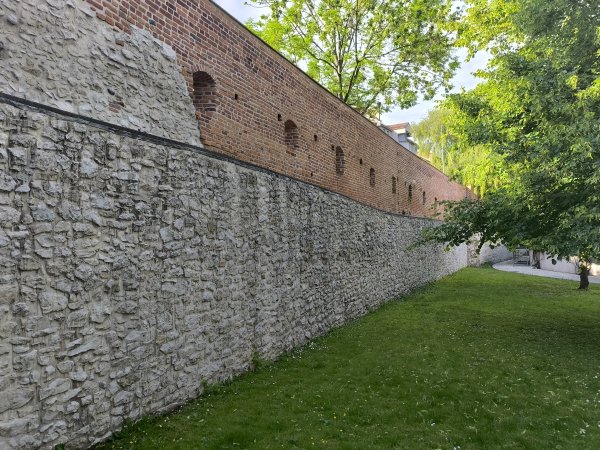
I wish I could tell you the whole story of Kraków again, but when I had my first time and then I wrote about it, I did not have the knowledge nor the experience yet.
Now, from the other hand, I know quite a lot about the city and its culture from the horse carriages of Rynek through the trumpet call of St. Mary, Hejnał mariacki to the local carnival characteres called Lajkoniki. (Additional fun fact to the trumpet call - hejnał, the old Polish word for bugle call most probably comes from Hungarian word hajnal meaning dawn, since this was the time to play such songs.)
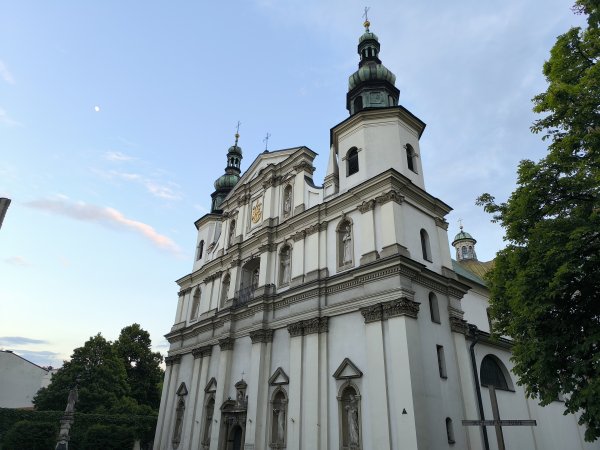
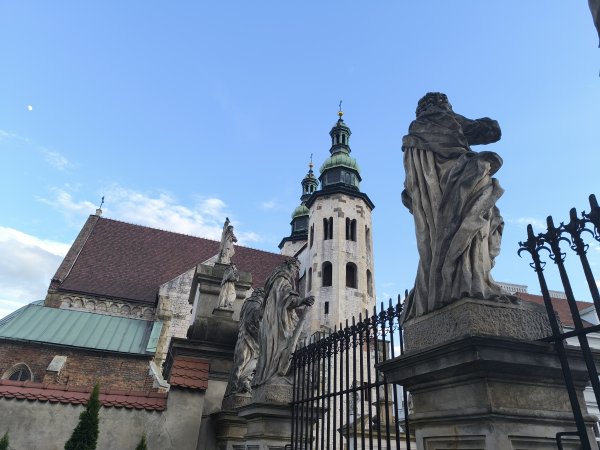
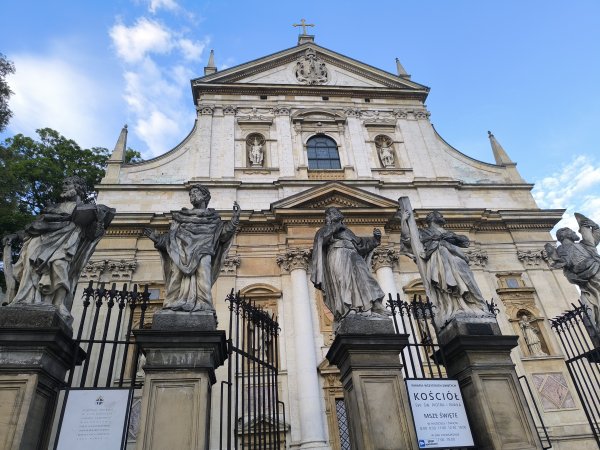
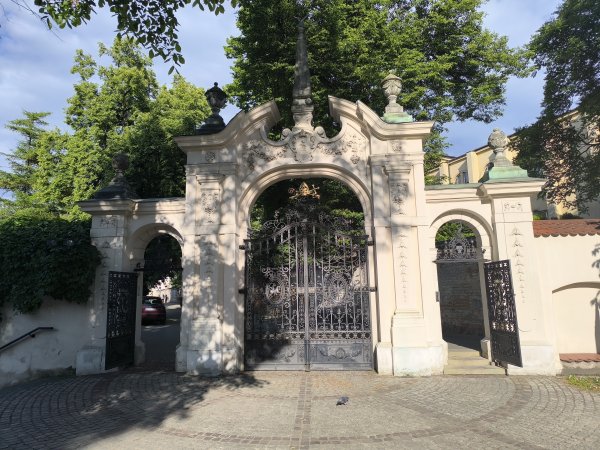
However, unfortunately, I am not able to write an introduction about it as a freshman or outsider anymore, because I have spent too much time with this culture that it feels like having a second home when I go there (I even wrote a poem about it), which leads to the same dilemma as writing descriptions on places in Hungary.
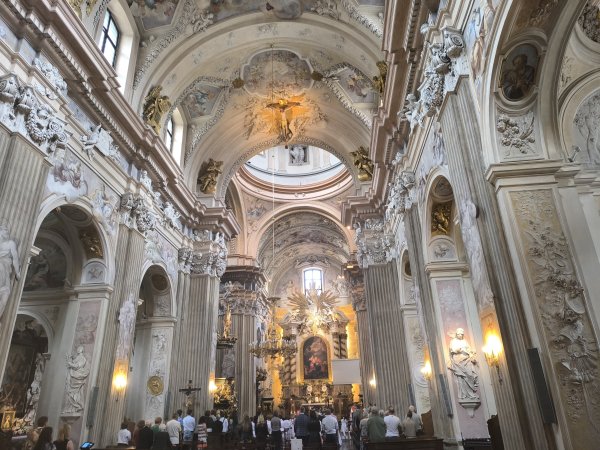
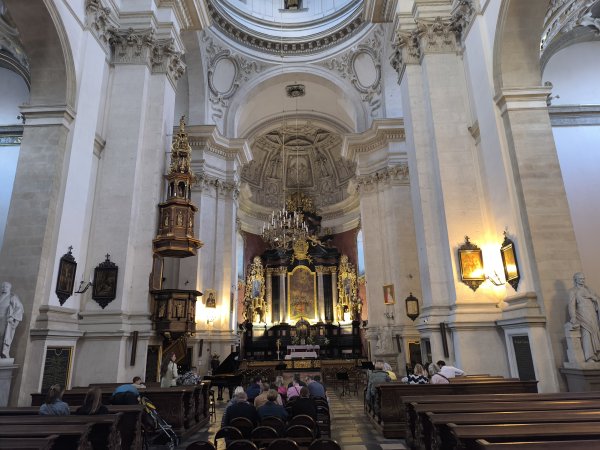
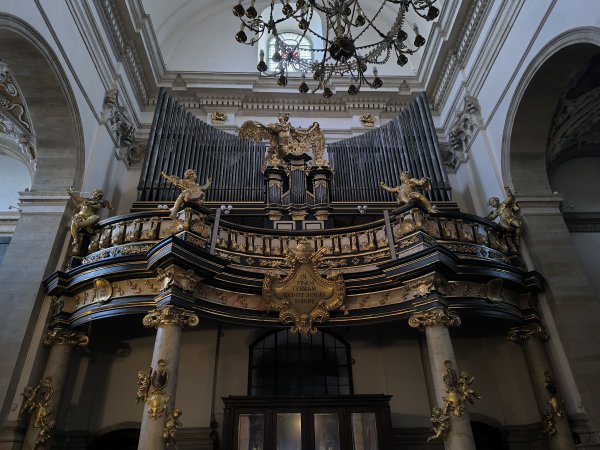
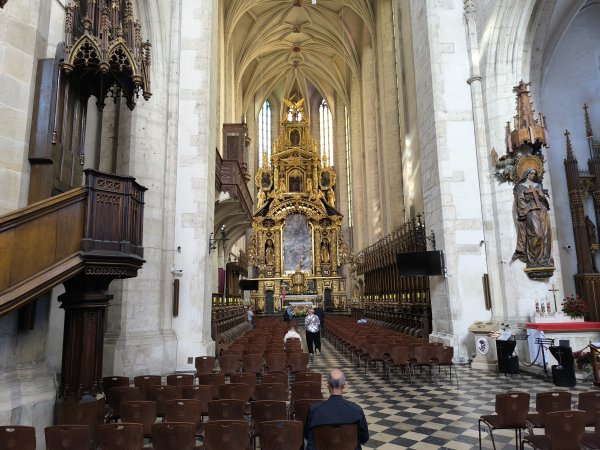
Those who read me regularly might have noticed that I have references of my country very often, yet I do not write particularly about it, because in spite of my local knowledge, it’s difficult to get out of the box when I would like to show it in its true nature and also on an exciting way. Maybe it is just a matter of experience and I will be able to do it in the future.
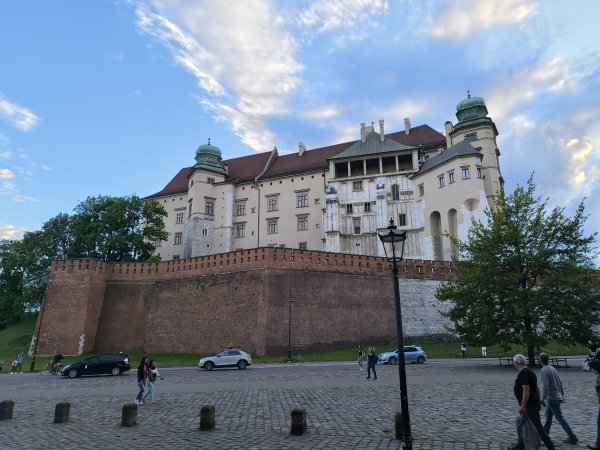
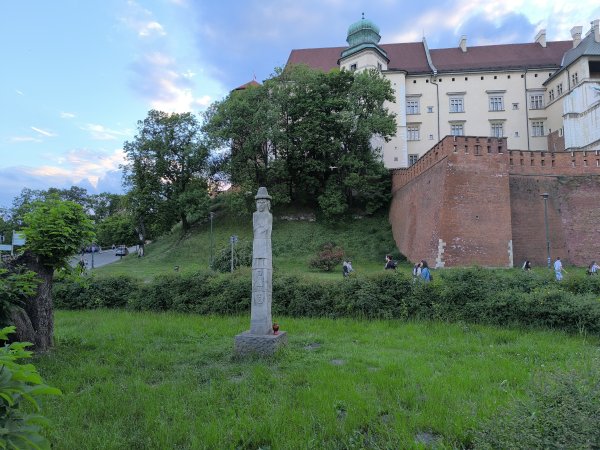
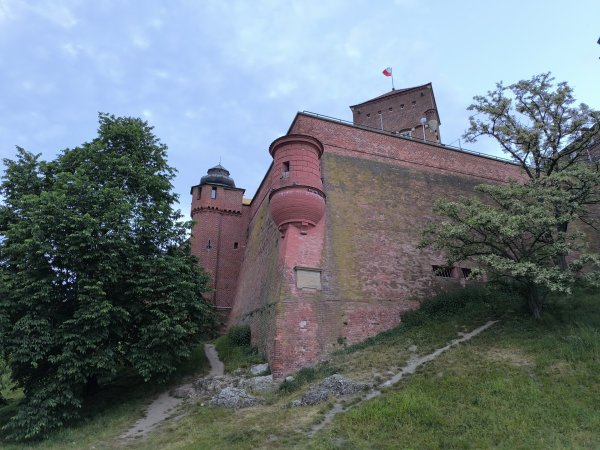
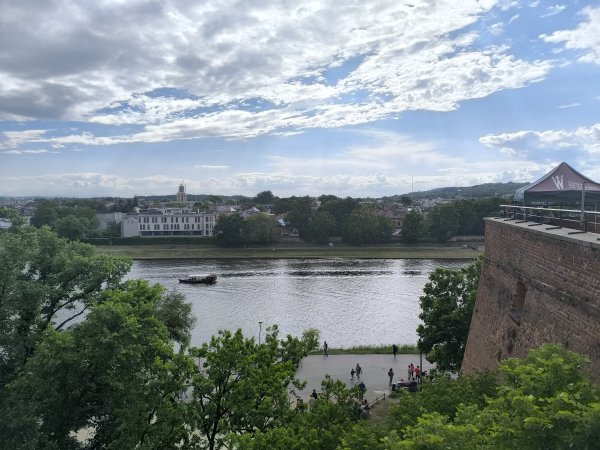
I hope the photos will make it up for you for the fact that I have two separate articles with a difference of four years about this miraculous city, which is for sure among the most beautiful and enchanting historical places in Europe.
